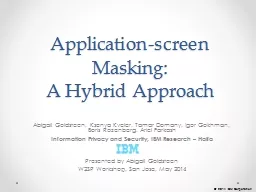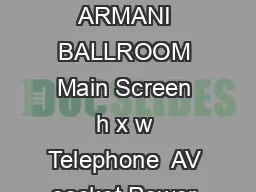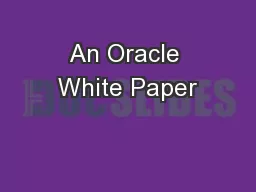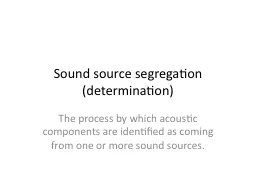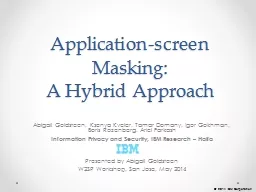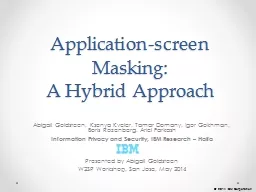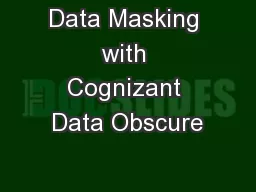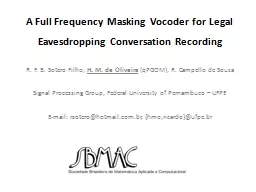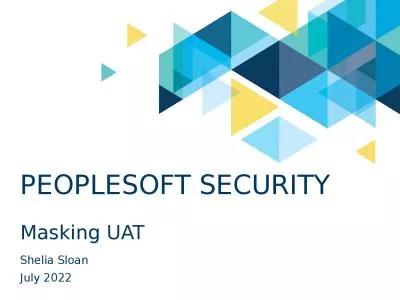PPT-Application-screen Masking:
Author : olivia-moreira | Published Date : 2018-11-03
A Hybrid Approach Abigail Goldsteen Ksenya Kveler Tamar Domany Igor Gokhman Boris Rozenberg Ariel Farkash Information Privacy and Security IBM Research
Presentation Embed Code
Download Presentation
Download Presentation The PPT/PDF document "Application-screen Masking:" is the property of its rightful owner. Permission is granted to download and print the materials on this website for personal, non-commercial use only, and to display it on your personal computer provided you do not modify the materials and that you retain all copyright notices contained in the materials. By downloading content from our website, you accept the terms of this agreement.
Application-screen Masking:: Transcript
Download Rules Of Document
"Application-screen Masking:"The content belongs to its owner. You may download and print it for personal use, without modification, and keep all copyright notices. By downloading, you agree to these terms.
Related Documents

